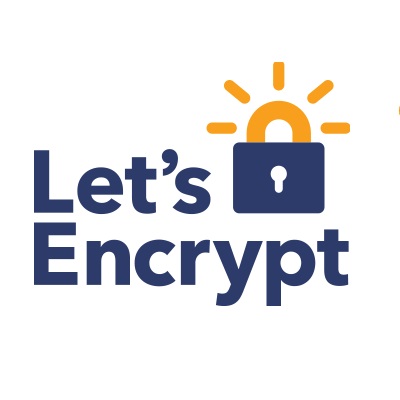Encrypt your website with Let's encrypt!
Hi all ! Today, we’ll see how to change our http server to an https one without paying one fucking cent thanks to let’s encrypt which is now officially in public beta. We will create our certificate and use them with nginx !

Why HTTPS ?
First of all, we could ask why HTTPS ? That will change anything for users ? Hmm, good question.
I heard a rumor that http website are not as well indexed in Google (bullshit) , a rumor seems to say that firefox is going to blacklist all website without HTTPS, etc… Let them talk and let focus on what matters, understanding how it works.
As grand pa’ wiki says, Https give the ability to web surfers to verify the identity of a website thanks of the authentication certificate given by a third authority. Well that’s a bit rough, First what’s a third authority ?
Well well well M. Potter (Yeah I quote Harry Potter, a problem ??), an authority is an organisation which will identify people (CAPTAIN OBVIOUS). These organisation gives sort of id cards on the web. Well, not only, a certificate does not help a websurfer to know where he is but it’s crypt datas from the server to the client, which is not to forget.
Let’s Encrypt
Let’s Encrypt, what’s that? Well, it’s a new third authority open source which allows webmaster or (web makers) to pass their site in HTTPS without asking a third authority (not free obviously) to provide them certificate. So now, no one has an excuse to stay in HTTP. So let’s encrypt!
How to make it work on a nginx?
Certificate generation
Firstly, we need to generate our certificate. For that, we will need to use the letsencrypt client available on github, so let’s clone the repo.
git clone https://github.com/letsencrypt/letsencrypt.git
Now let’s generate our certificate:
./letsencrypt-auto --cert-only --server https://acme-v01.api.letsencrypt.org/directory
You should have right now a blue screen in your terminal, it will ask you some informations like which domain you want to encrypt, your mail…
And.. that’s it really, we need now to link the certificates to nginx and it will done, a bit quick, I know :'( .
Nginx configuration
Ok, we’ve done the hardiest step, now we just need to configure our sweet nginx. For that, we will go in the directory of nginx (commonly: /etc/nginx) and we’ll modify the current configuration. You’ll choose the one your prefer, me I use directly the nginx.conf.
Normally your config should look like that:
http {
server {
server_name blablablabla.com;
listen 80;
///
}
# Etc...
}
What we’ll od it’s to say to nginx that all http request will be redirected to https.
|
|
We use a 301 code response to notify that our site is passed to HTTPS (yeah you can be proud of that, BUT NOT YET WE’RE NOT DONE) (By the way: 301 = Permanently moved)
Now let’s configure our virtual server:
|
|
We restart the nginx
|
|
ET VOILÀ, you know have a server running through HTTPS. Life is so easy.